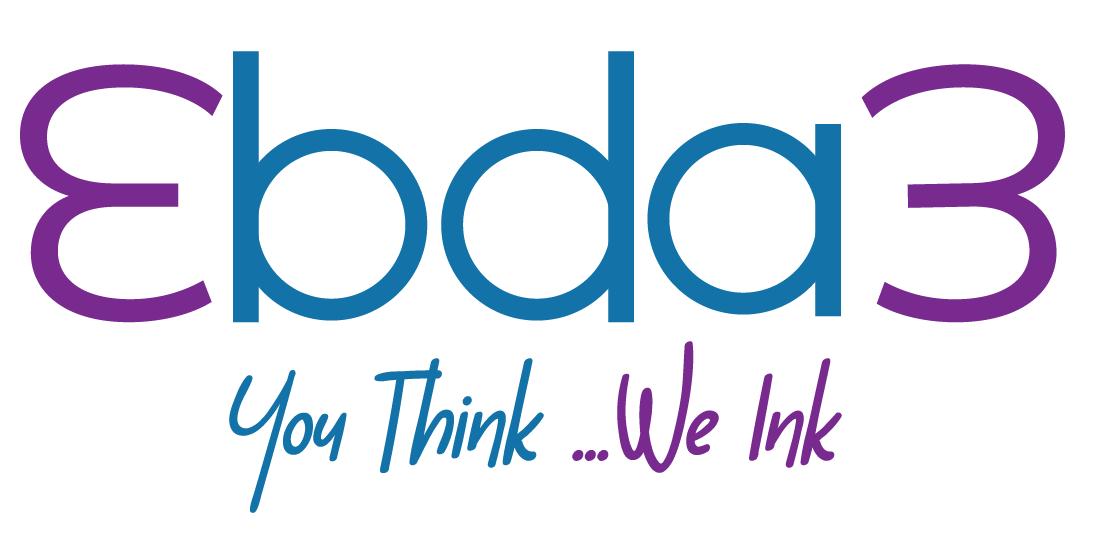Tips for Designing Visually Appealing Infographics

1. Start with a Clear Objective
Define the purpose of your infographic. What message do you want to convey? What action do you want your audience to take? A clear objective will guide the design and content creation process.
2. Know Your Audience
Understand who your target audience is and what interests them. Tailor your infographic’s content and design to meet their needs and preferences. Use language and visuals that resonate with your audience.
3. Research and Validate Your Data
Ensure that the data you include is accurate, relevant, and up-to-date. Use reliable sources and double-check facts and figures. Accurate data builds credibility and trust.
4. Create a Compelling Headline
Your headline should be catchy and informative. It should give readers a clear idea of what the infographic is about and entice them to read further.
5. Keep It Simple
Simplicity is key to effective infographics. Avoid clutter by focusing on the most important information. Use concise text and limit the number of data points to avoid overwhelming the reader.
6. Use a Logical Layout
Organize information in a logical flow. Use sections, headings, and subheadings to guide the reader through the content. A well-structured layout ensures that the information is easy to follow and understand.
7. Choose the Right Colors
Use a cohesive color scheme that aligns with your brand and enhances readability. Use contrasting colors to highlight important information and ensure that the text is legible against the background.
8. Incorporate Visual Elements
Use icons, illustrations, charts, and graphs to represent data visually. Visual elements should complement the text and help convey the message more effectively. Ensure that visuals are high quality and relevant.
9. Focus on Typography
Choose fonts that are easy to read and consistent with your brand identity. Use different font sizes to create a hierarchy of information, with the most important points standing out.
10. Include Branding
Incorporate your logo, brand colors, and website URL in the infographic. This ensures that your brand is recognized and helps drive traffic back to your site.
11. Optimize for Different Platforms
Ensure that your infographic is optimized for various platforms, including social media, blogs, and presentations. Consider creating different versions for different platforms if necessary.
12. Test and Iterate
Before publishing, test your infographic with a small audience to gather feedback. Use the feedback to make improvements and ensure that your infographic effectively communicates the intended message.
Infographics are a powerful way to transform complex data into engaging and digestible visuals. By following these tips, you can create infographics that not only capture attention but also enhance understanding, engagement, and shareability. Whether used in marketing, education, or internal communications, infographics can significantly impact how your audience perceives and interacts with your content.





